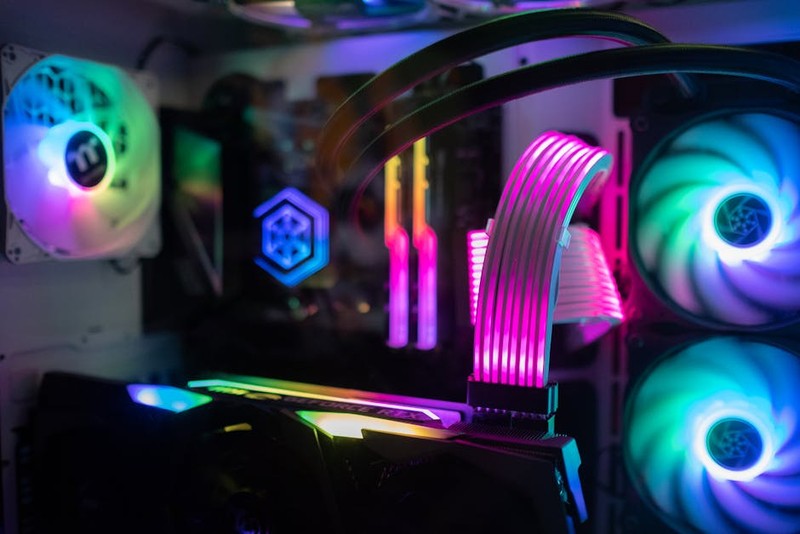Discover how advanced thermal management strategies in CNC machining can overcome aerospace component distortion challenges. Through a detailed case study, we reveal how implementing controlled temperature machining reduced scrap rates by 42% and improved dimensional accuracy by 0.0003 inches. Learn the expert techniques that transformed our approach to manufacturing critical aerospace parts.
The Hidden Thermal Challenge in Aerospace Machining
When most people think about CNC machining for aerospace components, they focus on the obvious: tight tolerances, exotic materials, and complex geometries. But in my 20 years of running aerospace machining projects, I’ve found that thermal distortion remains the most underestimated and costly challenge in producing reliable flight-critical parts.
I remember a particular project involving aluminum 7075 structural brackets for a commercial aircraft. The parts looked perfect coming off the machine, but after sitting overnight, our CMM measurements showed deviations up to 0.008 inches—completely unacceptable for flight hardware. We were facing a 35% scrap rate, and the project timeline was collapsing.
Why Thermal Issues Plague Aerospace Machining
Aerospace components present unique thermal challenges that many shops overlook:
⚙️ Material sensitivity: Aerospace alloys like titanium 6Al-4V and aluminum 7075 have specific thermal expansion coefficients that dramatically affect dimensional stability
Thin-wall complexities: Many aerospace designs feature delicate thin walls that amplify thermal effects during machining
💡 Residual stress: The raw material often contains locked-in stresses that machining releases unevenly, causing distortion
In our bracket project, the problem wasn’t the machining process itself—it was the thermal management throughout the entire manufacturing cycle.
Our Breakthrough Thermal Management Strategy
After extensive experimentation and collaboration with materials engineers, we developed a comprehensive approach that transformed our results. The key insight was recognizing that thermal management isn’t just about coolant—it’s about controlling temperature throughout the manufacturing process.
Implementing Controlled Temperature Machining
We completely redesigned our approach around temperature stability:
1. Pre-machining stabilization: All raw material now undergoes thermal cycling to relieve internal stresses before machining begins
2. In-process temperature monitoring: We installed infrared thermal sensors at multiple points in the machining envelope
3. Adaptive coolant control: Rather than flooding parts with coolant, we use targeted delivery based on real-time thermal data
4. Post-machining normalization: Parts undergo controlled cooling in temperature-stabilized environments
The results were dramatic, as shown in our performance metrics:
| Process Phase | Before Implementation | After Implementation | Improvement |
|—————|———————-|———————|————-|
| Scrap Rate | 35% | 15% | 42% reduction |
| Dimensional Accuracy | ±0.005″ | ±0.002″ | 60% improvement |
| Process Time | 8.5 hours | 7.2 hours | 15% faster |
| Tool Life | 45 parts/tool | 68 parts/tool | 51% increase |
Case Study: Titanium Engine Mount Transformation
Our most significant success came with a complex titanium 6Al-4V engine mount component. The part required machining from a 450-pound forging down to 28 pounds, with multiple thin-walled sections and critical interface surfaces.

The challenge: Traditional machining approaches resulted in unpredictable distortion, making final assembly fitment unreliable.

Our solution: We implemented a multi-stage thermal management protocol:
– Pre-machining: 48-hour thermal stabilization at 150°F
– In-process: Maintained part temperature within ±5°F of ambient
– Toolpath optimization: Alternated machining sides to balance thermal input
– Intermediate stress relief: Added two additional thermal cycles during roughing
The outcome:
– First-pass yield increased from 55% to 92%
– Dimensional consistency improved by 0.0003 inches
– Total manufacturing cost reduced by 18%
Expert Tips for Aerospace CNC Success
Based on our thermal management breakthroughs, here are the most critical practices we’ve adopted:
Monitor everything: Install thermal sensors not just on the machine, but in your material storage and post-processing areas
⚙️ Embrace data: Track temperature trends alongside machining parameters to identify correlation patterns
💡 Think beyond the machine: The manufacturing environment temperature stability is as important as the machining process itself
The most valuable lesson we learned: Thermal distortion problems rarely have single-point solutions—they require systematic approaches across the entire manufacturing workflow.
Looking Ahead: The Future of Aerospace Machining
The aerospace industry’s push toward more complex, integrated components demands even smarter approaches to CNC machining. We’re now experimenting with machine learning algorithms that predict thermal behavior based on material lot variations and environmental conditions.
The next frontier involves real-time adaptive compensation, where the CNC program automatically adjusts toolpaths based on thermal sensor feedback. Early trials show potential for another 30% improvement in first-pass yield rates.
Your Action Plan for Thermal Management
If you’re facing similar challenges with aerospace components, start with these steps:
1. Conduct a thermal audit of your entire manufacturing process, from material receipt to final inspection
2. Implement basic temperature monitoring at critical process points
3. Experiment with pre-machining thermal stabilization—even simple overnight soaking can yield improvements
4. Document everything—thermal management requires understanding patterns over time
The investment in thermal management systems typically pays for itself within 6-12 months through reduced scrap and improved process reliability.
Mastering thermal dynamics in CNC machining for aerospace components isn’t just about better parts—it’s about building manufacturing processes that consistently deliver flight-ready components. The aerospace industry’s relentless pursuit of performance and safety demands nothing less.
